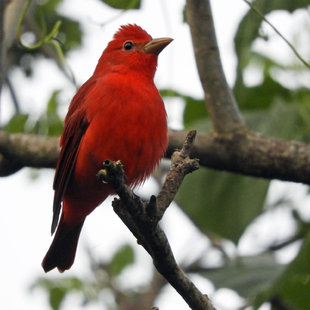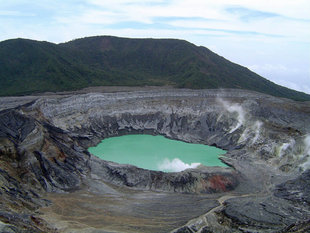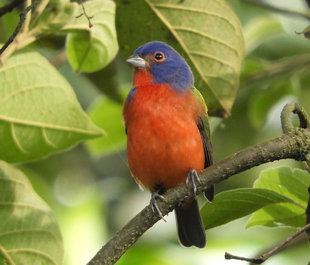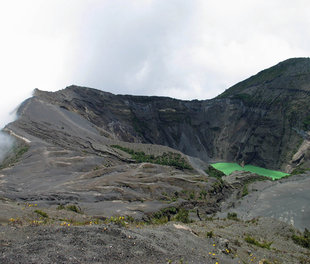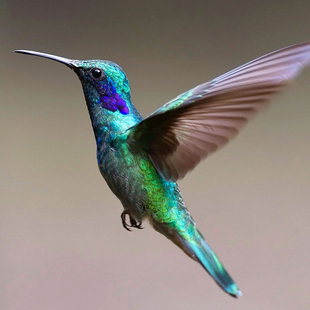Poas Volcano National Park is located in Costa Rica’s Central highlands. It is 2,644m high and one of the most active volcanoes in Latin America having erupted some 40 times since the mid 1800s. Impressively beautiful, Poas make an excellent addition to any itinerary since it is only 19 miles from San Jose. There are three main caldera depressions in the upper cone the main crater is 2 km in diameter and 300 m deep.
Poas has the largest geyser in the world which releases large plumes of muddy water and steam from a few metres to several kilometres into the air. Despite this activity, it is currently stable enough to be able to drive to the summit - one of only a few volcanoes in Central America where you can do this. The 5,600 hectare park also has a unique array of flora and fauna due to the presence of the volcano and altitude.
Fauna and Flora of Poas Volcano
Although animal life in general is scarce, there are lots of birds. Among the 79 species of birds found here, of particular interest are humming birds and the Resplendent Quetzal (Pharomachrus mocinn) - Costa Rica’s beautiful national bird. There is also drab looking clay-coloured robin that has supernaturally beautiful courtship song. Mammals include the Poas squirrel (Sytheosciurus poasensis) which is yellowy red in colour with a tail as long as its body.
The flora at the summit of Poas volcano is fascinating with nothing but the hardiest plants surviving such as the paddle fern (Elaphoglossum lingua) which is found in the main crater. Surrounding the crater there is dwarf vegetation reaching no more than 3m in height. Between the main crater and Botos lagoon there is an almost impenetrable area of stunted forest which is made up of twisted trees. The predominant tree species here is the wild mamey (Clusia odorara). Below this you will find the Botos lagoon which fills one of Poa’s extinct craters. Surrounding the lagoon is cloud forest reaching 20m in height, where the trees are completely covered with epiphytic plants and mosses.

